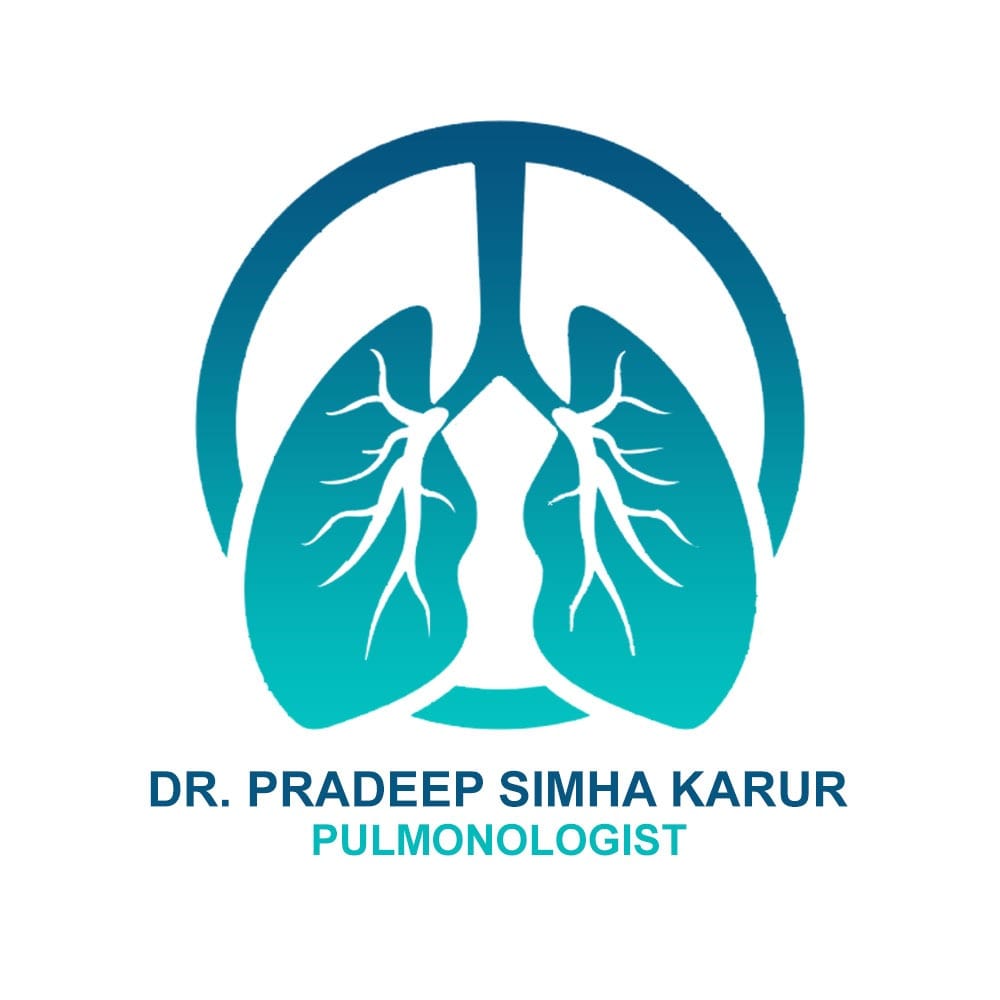Airway Stent (Bronchial Stent)
.jpg)
Introduction
Airway stents, also known as tracheobronchial prostheses, are tube-shaped devices with a hollow lumen that are inserted into an airway. They are usually placed bronchoscopically and can be used to treat a variety of large airway diseases, including obstruction due to tumors, strictures, or other conditions that affect the airway's patency.
Purpose of Airway Stenting
The primary purpose of airway stenting is to maintain or restore the patency of the airway, allowing for improved airflow and respiratory function. Stents can help alleviate symptoms such as:
- Shortness of breath
- Coughing
- Wheezing
- Recurrent respiratory infections
By keeping the airway open, stents can significantly enhance the quality of life for patients with obstructive airway conditions.
Types of Airway Stents
There are several types of airway stents, including:
- Self-Expanding Stents: These stents are made of materials that expand automatically after being deployed, providing a secure fit within the airway.
- Balloon-Expandable Stents: These stents require a balloon to be inflated to expand and secure the stent in place.
- Silicone Stents: Flexible and biocompatible, silicone stents are often used for temporary airway support.
- Metal Stents: These stents provide a more rigid structure and are often used in cases of significant airway obstruction.
Procedure Overview
The placement of an airway stent is typically performed under sedation or general anesthesia. The procedure involves the following steps:
- The patient is positioned comfortably, and sedation is administered.
- A bronchoscope is inserted through the mouth or nose into the airway.
- The stent is carefully positioned at the site of obstruction.
- Once in place, the stent is deployed, and the bronchoscope is removed.
Post-procedure monitoring is essential to ensure that the stent is functioning correctly and that the patient is stable.
Risks and Considerations
While airway stenting is generally safe, there are potential risks and complications, including:
- Infection
- Stent migration or dislodgment
- Airway injury
- Respiratory distress
Patients should discuss these risks with their healthcare provider before the procedure.
Conclusion
Airway stenting is a valuable therapeutic option for patients with obstructive airway diseases. By restoring airway patency, stents can significantly improve respiratory function and quality of life. If you are experiencing symptoms related to airway obstruction, consult your healthcare provider to discuss the potential benefits of airway stenting.
